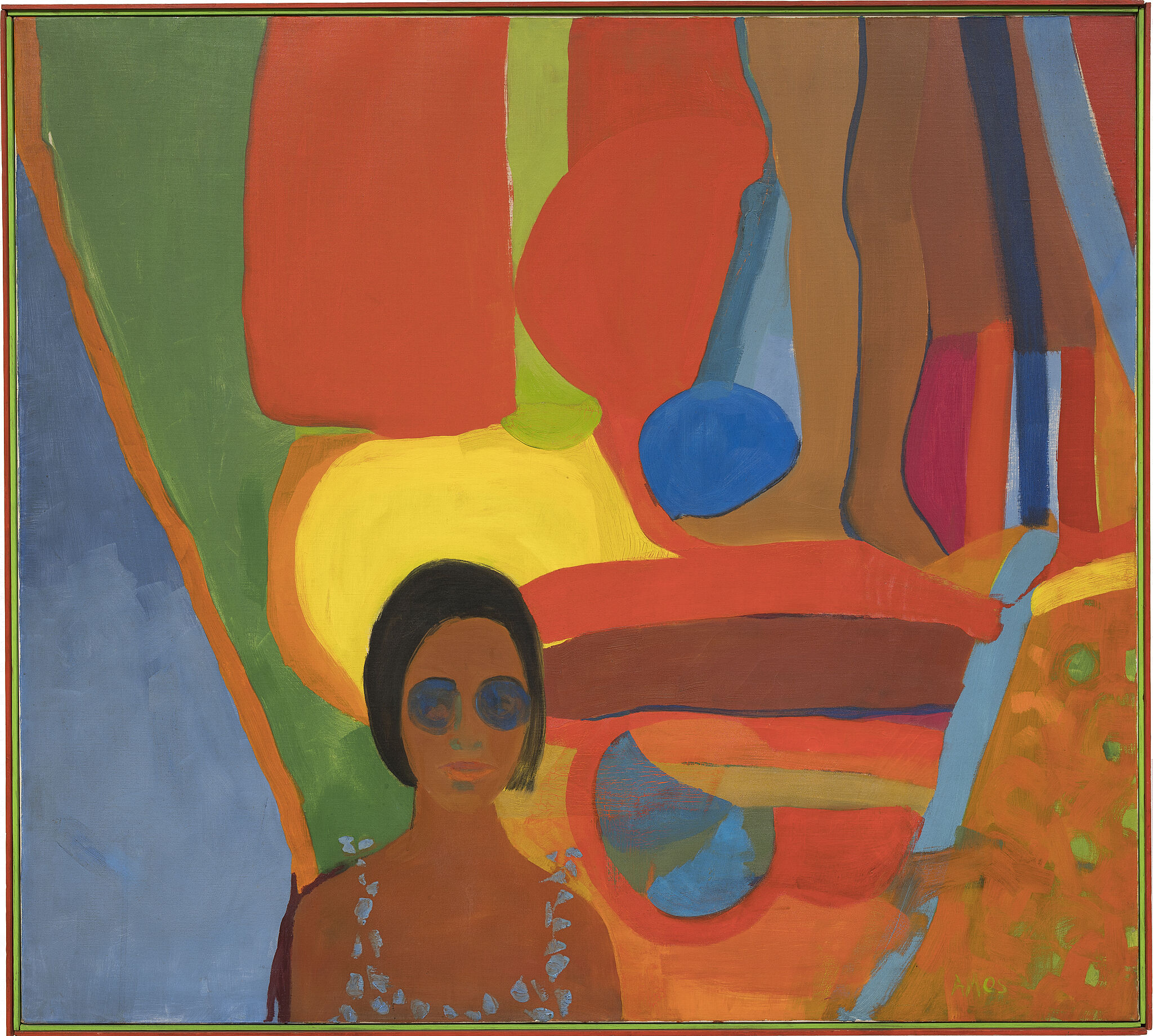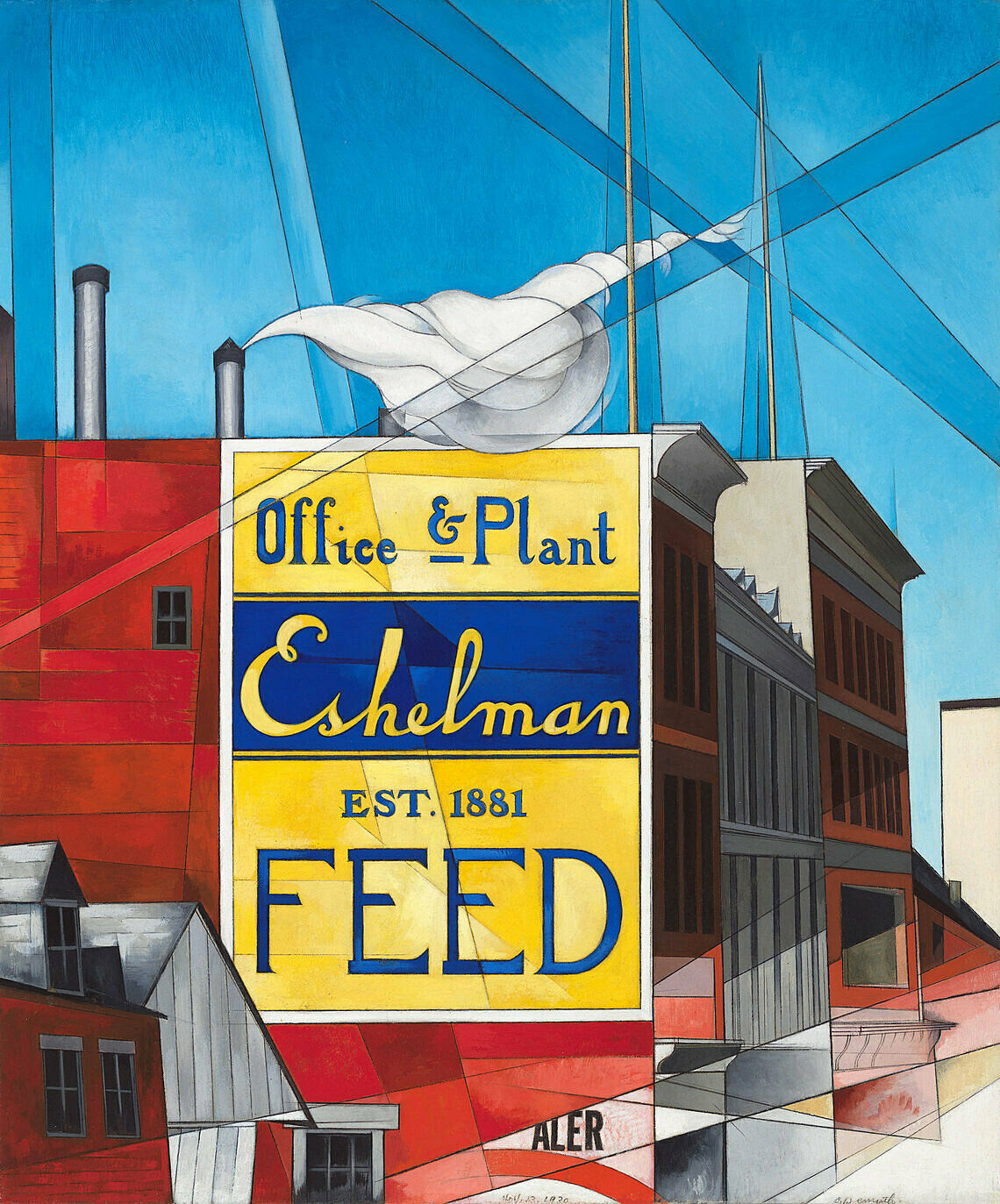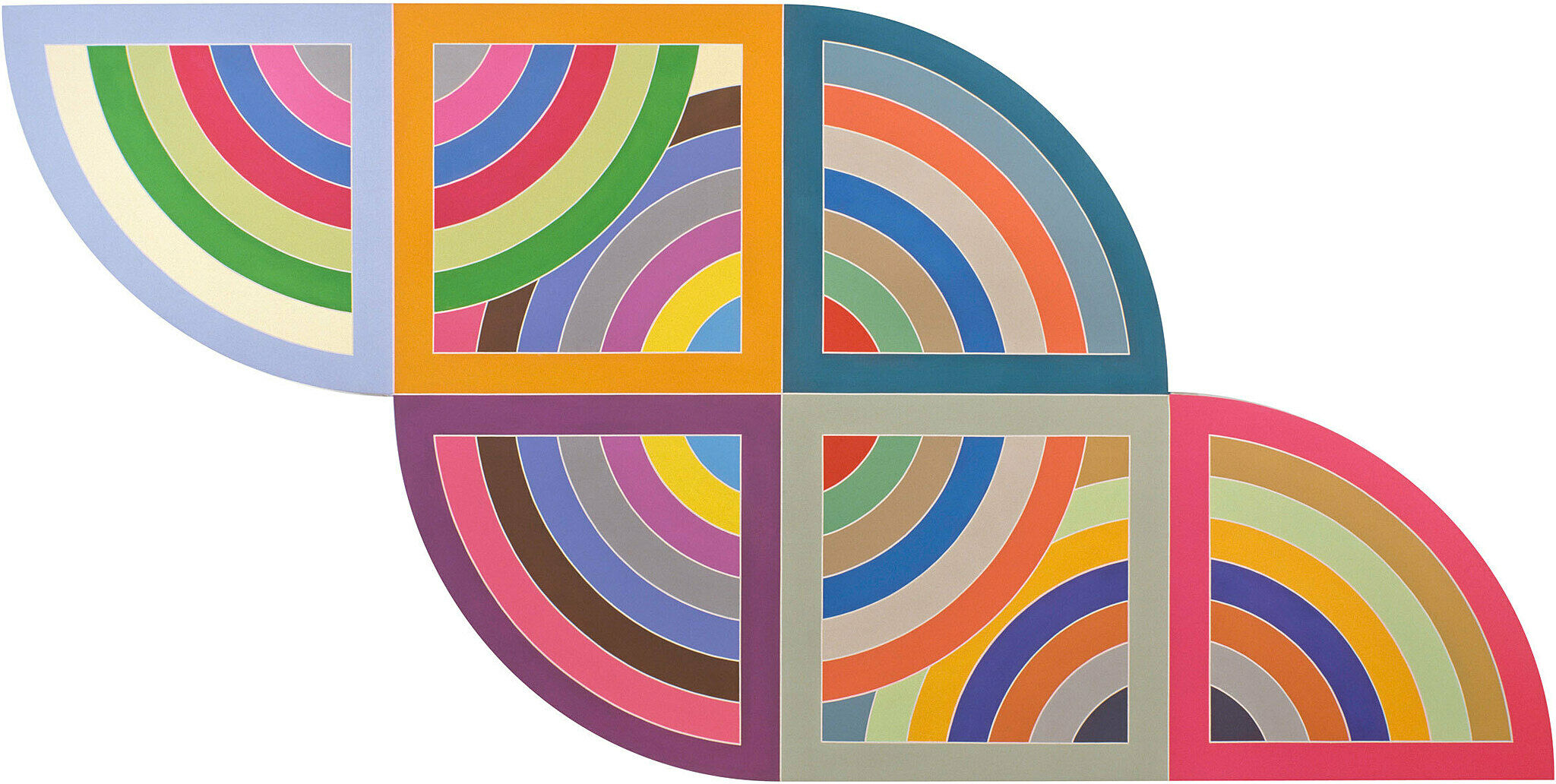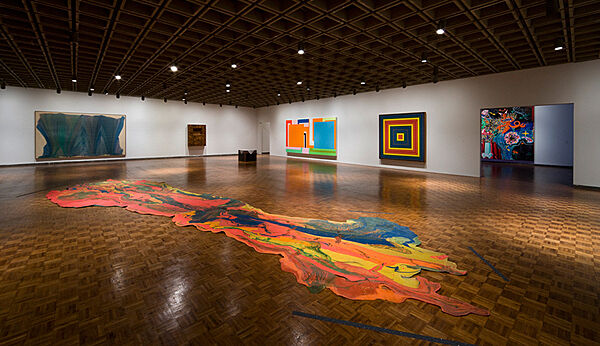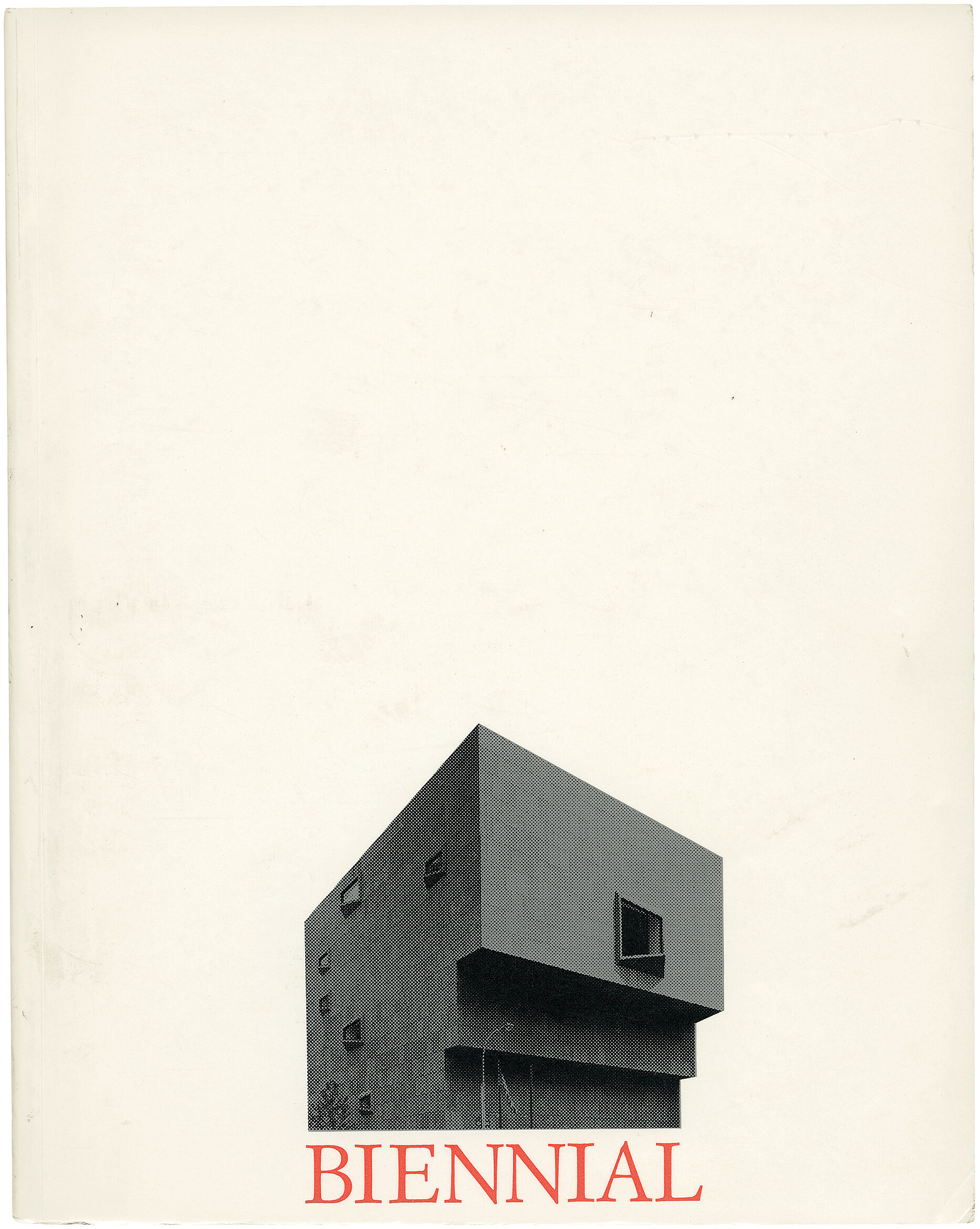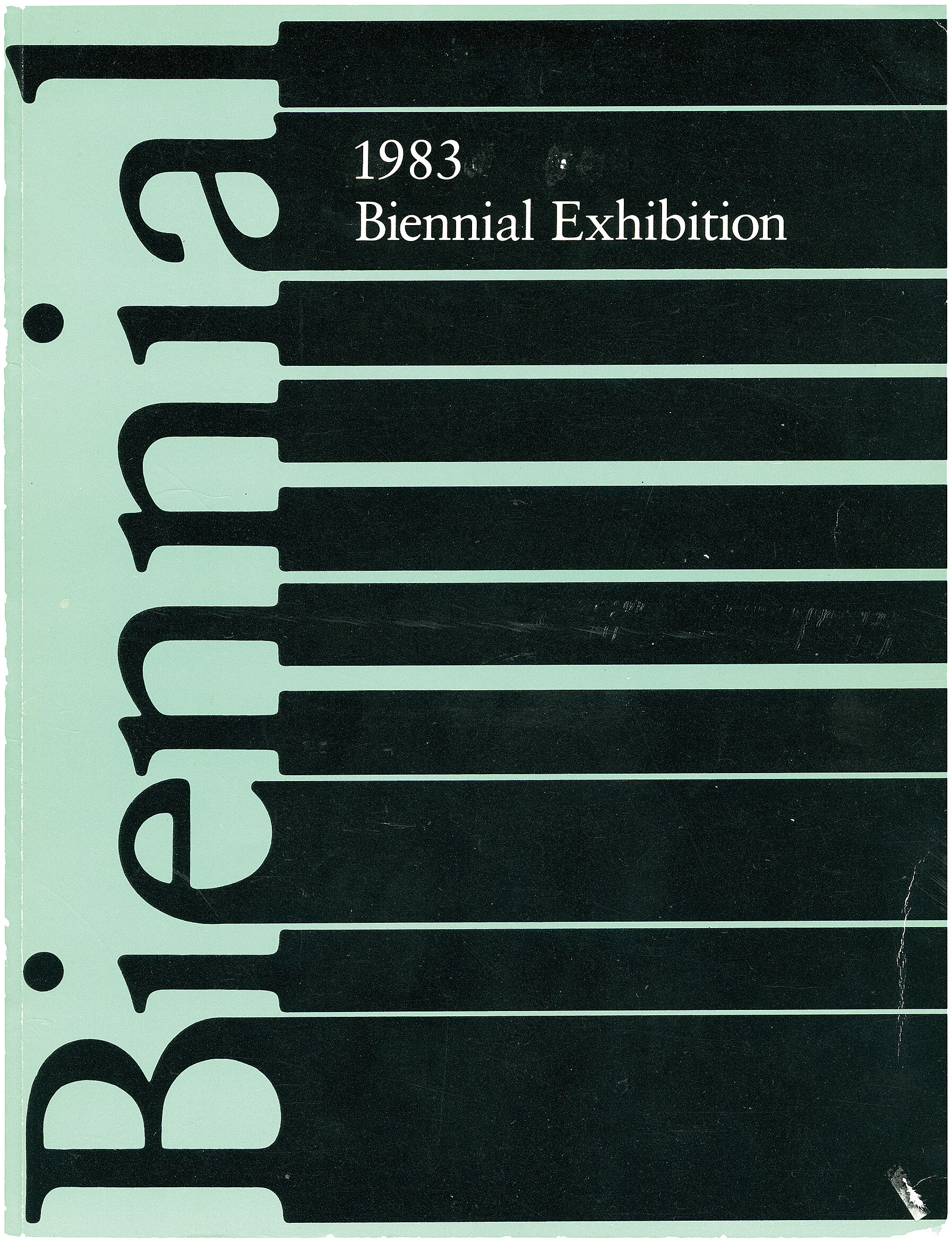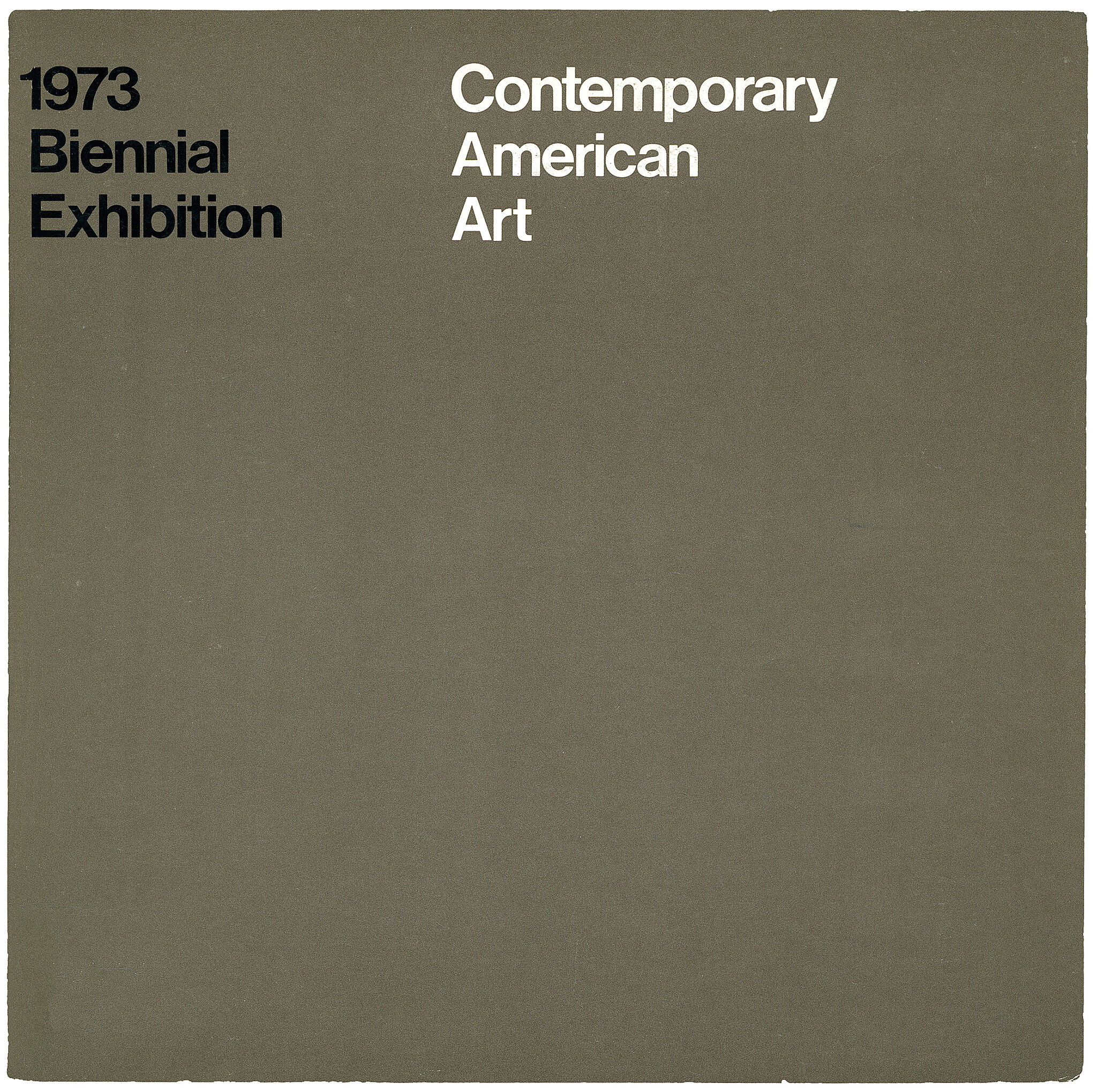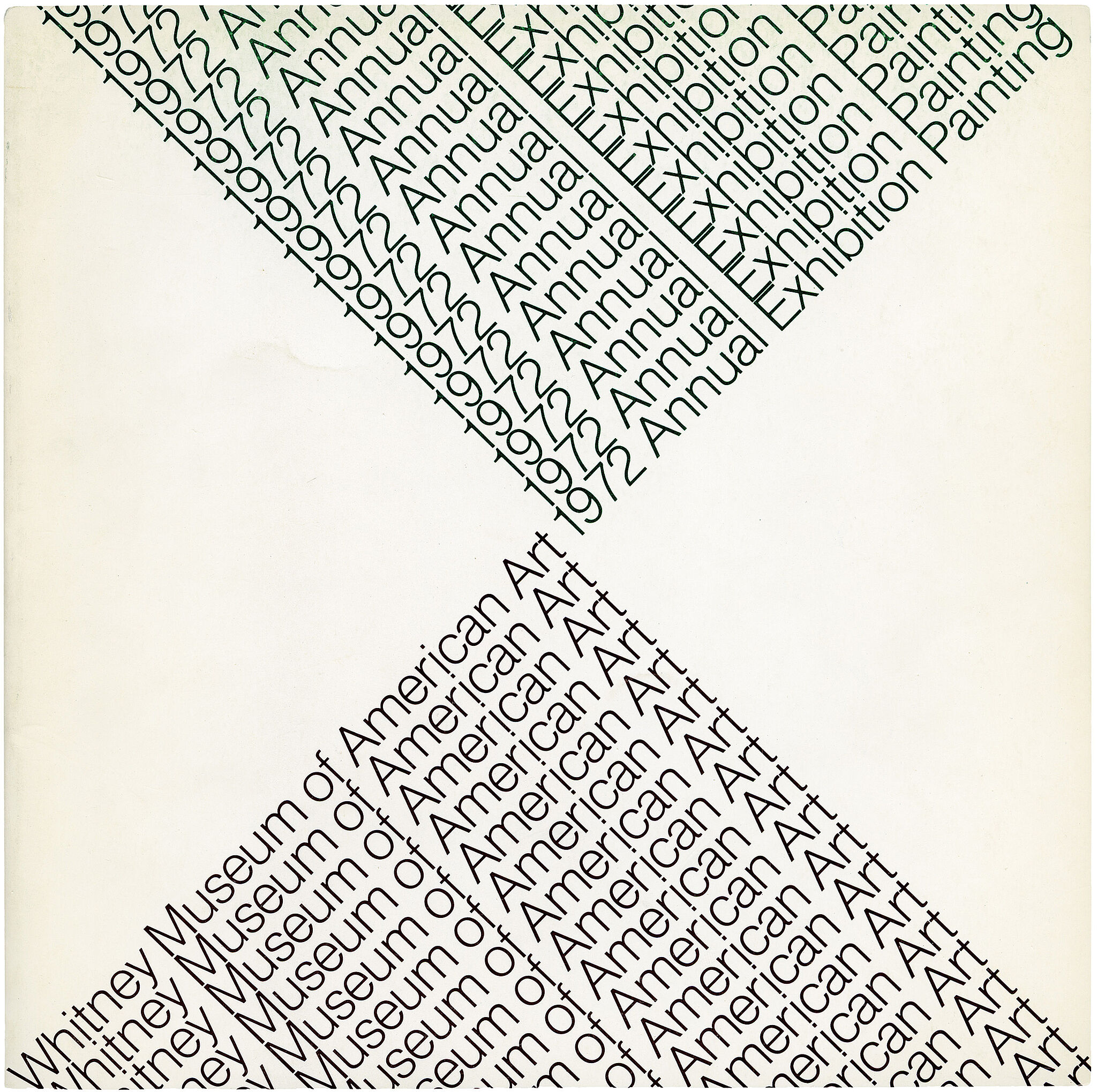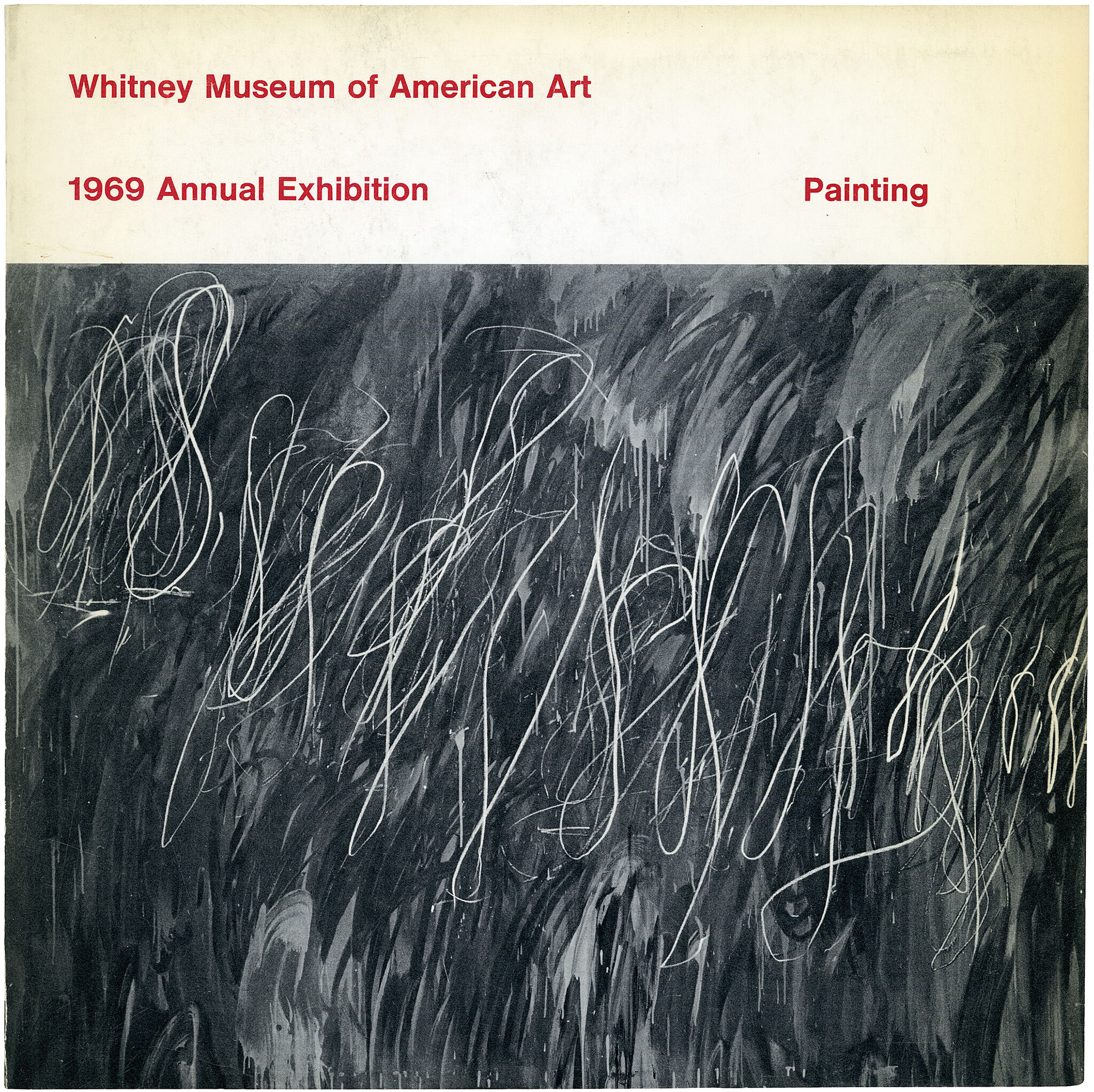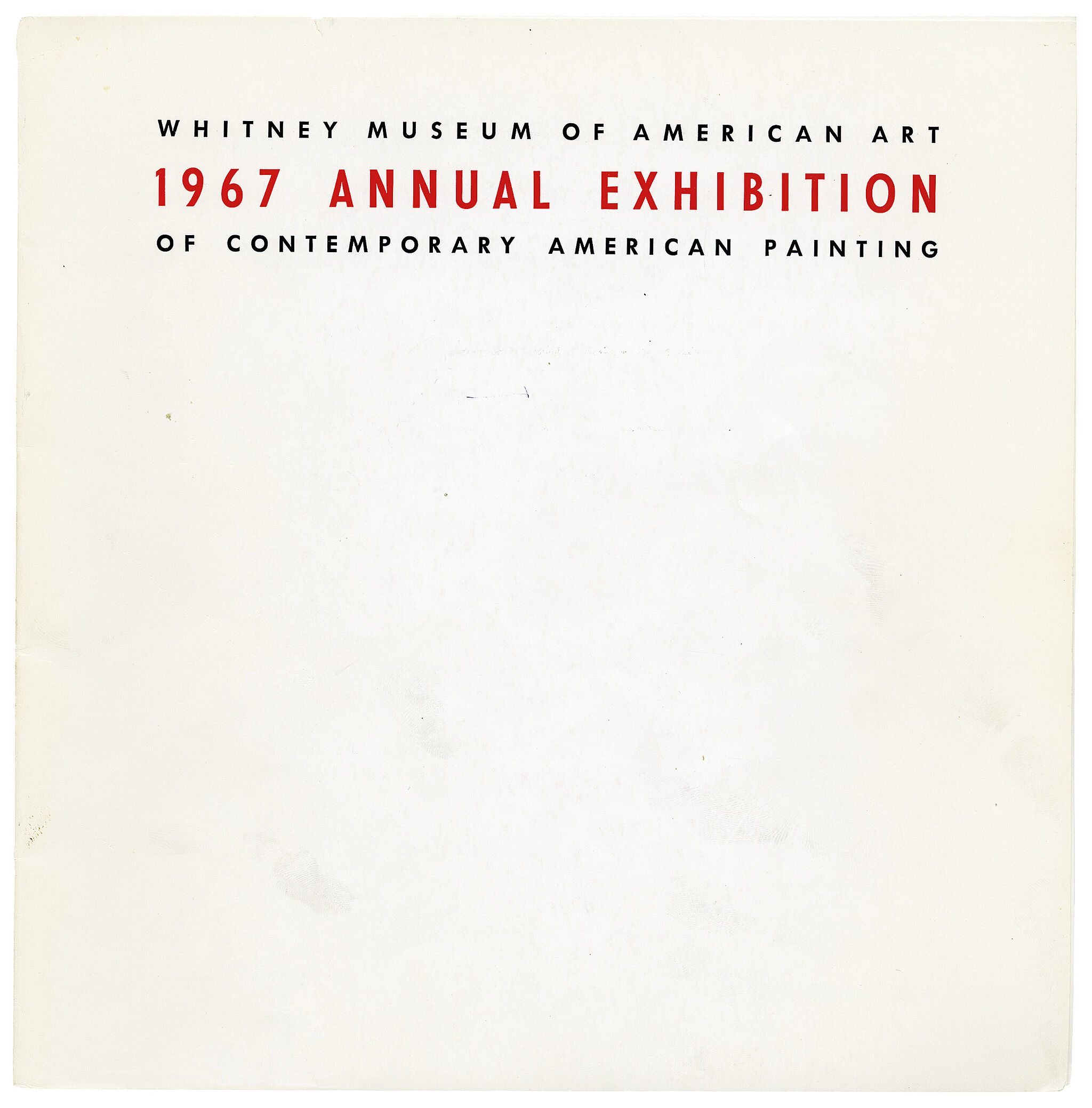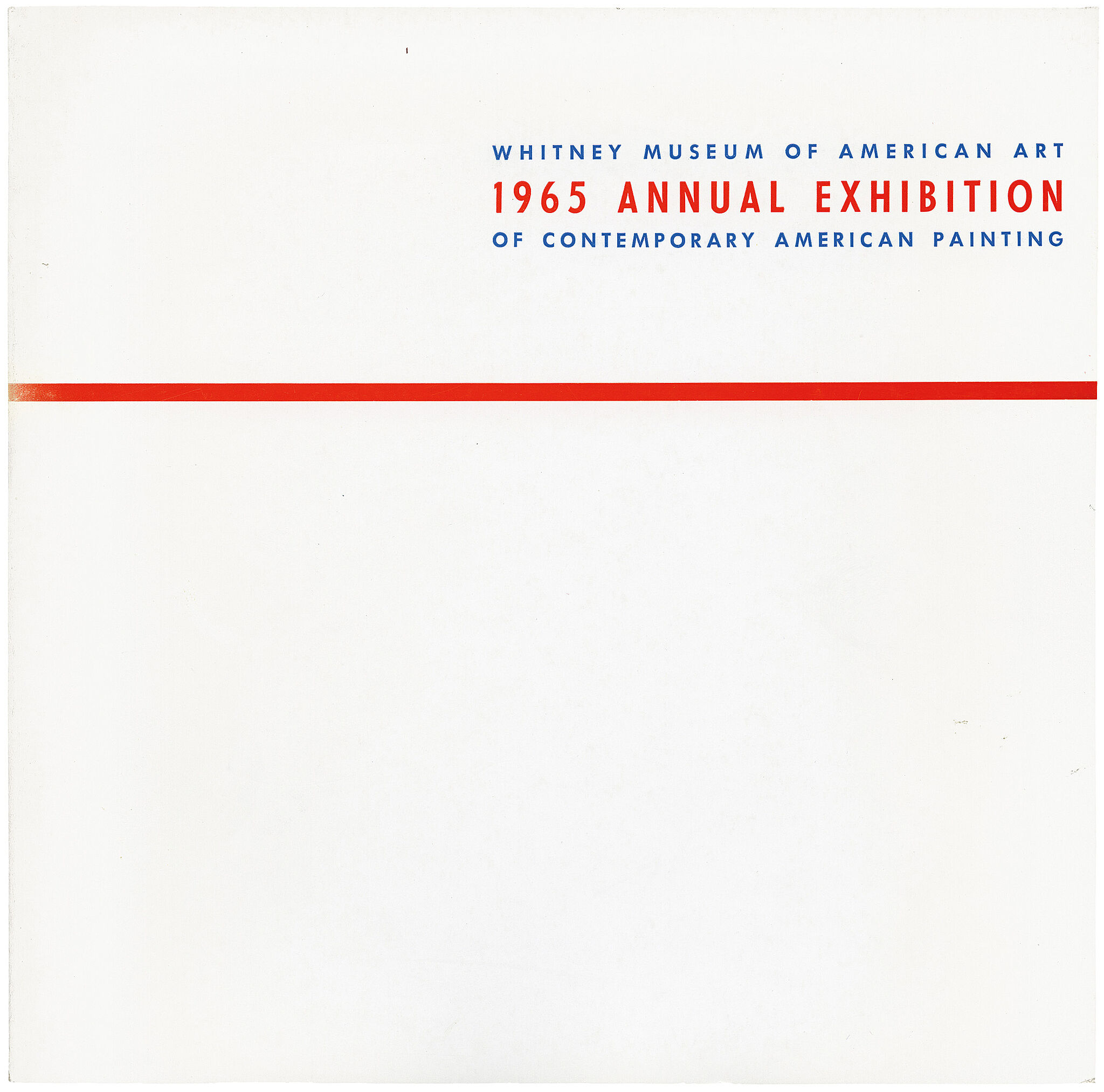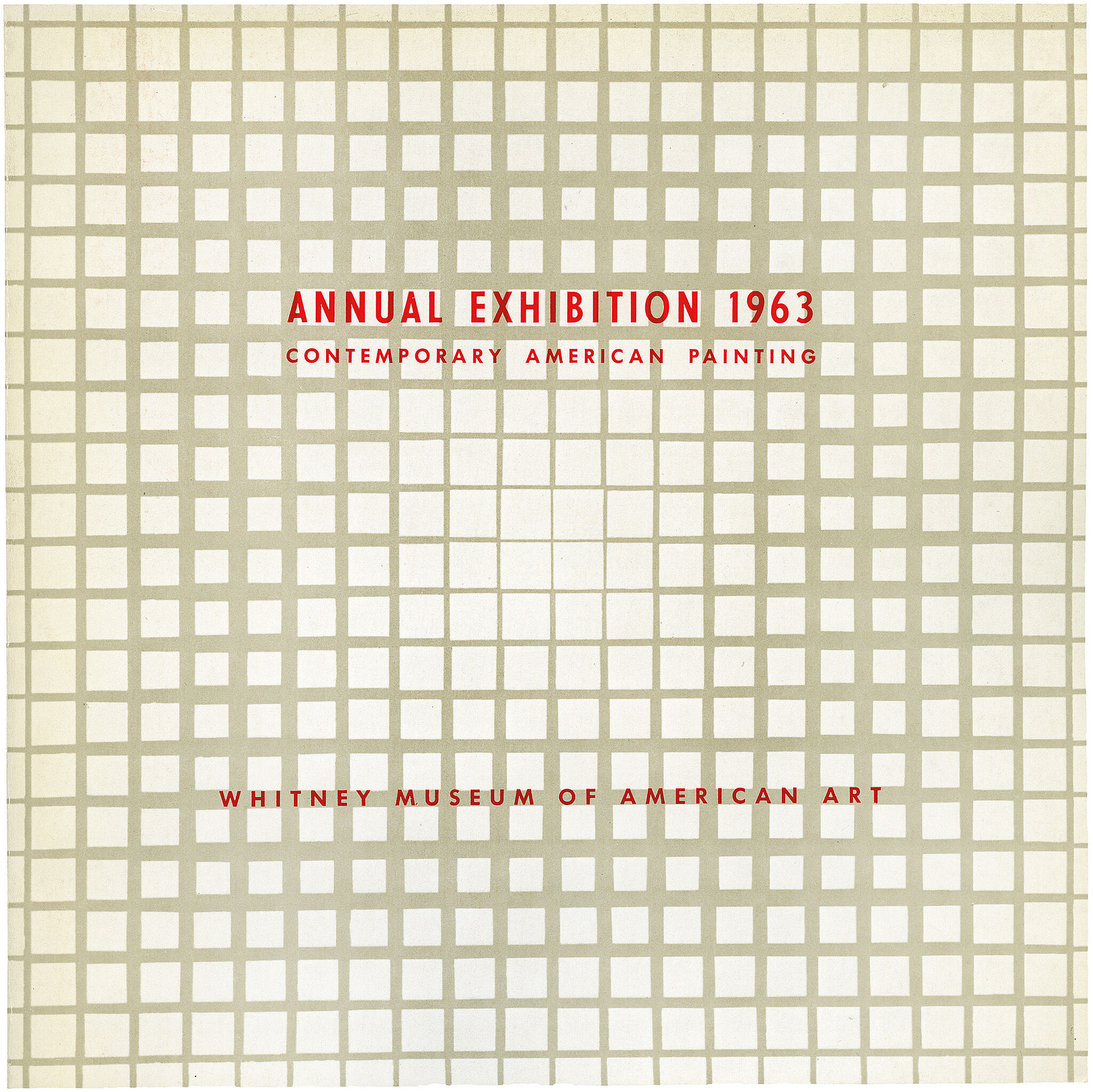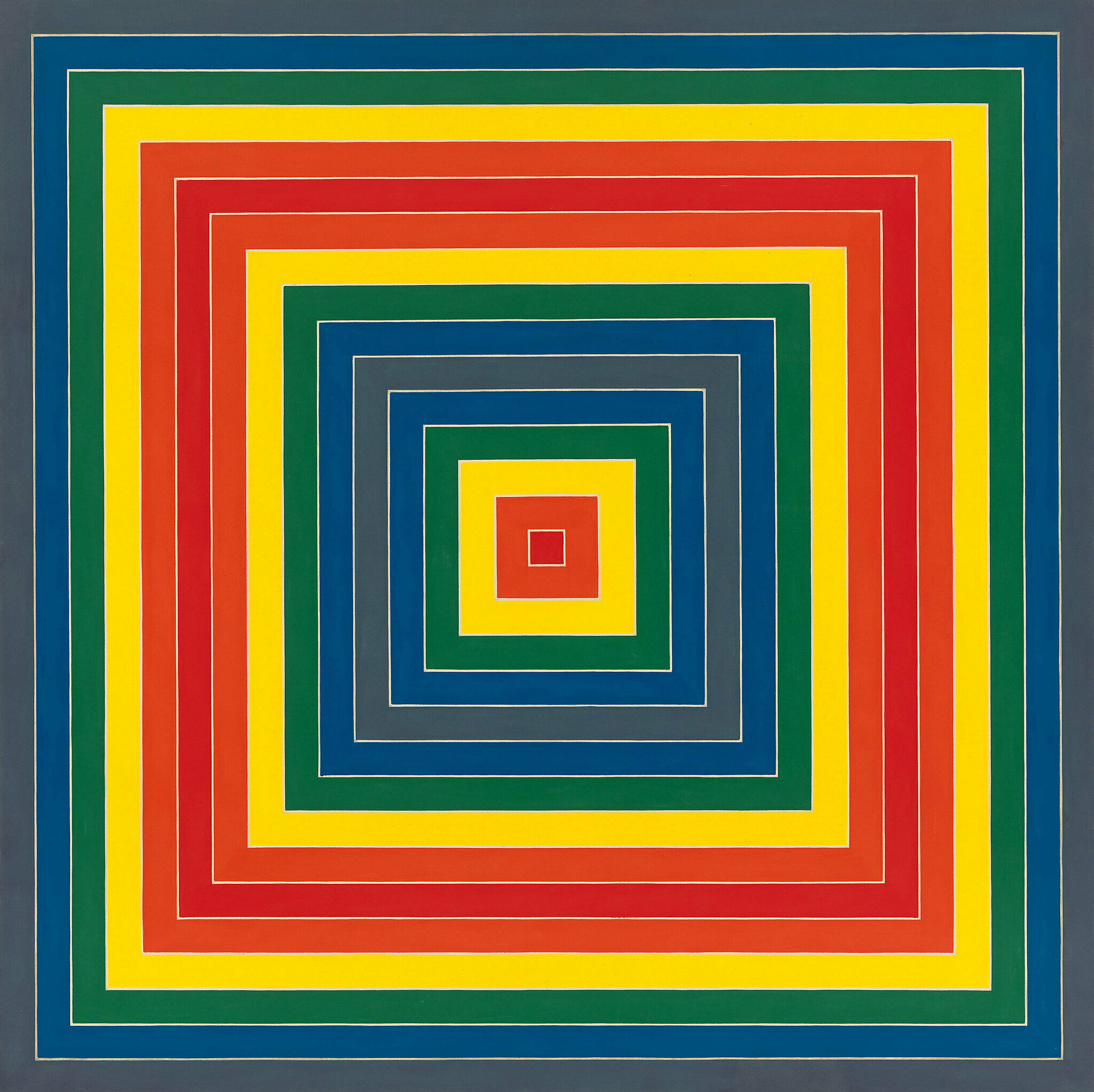Frank Stella
1936–2024
In 1959, shortly after graduating from Princeton University, twenty-three-year-old Frank Stella embarked on a radical group of works that have come to be known as the Black Paintings. Like the other paintings in the series, Die Fahne hoch! consists of a stark geometric pattern of uniform black stripes—a dramatic departure from the gesturalism of Abstract Expressionist painting then in vogue. Further distinctive features include the deep stretcher on which the work is mounted, which allows the painting to assert its presence as a physical object; and the white lines, which turn out not to be applied but rather the bare canvas left exposed between areas of black pigment. Rejecting personal expression and illusionistic representation in favor of reductive intellectual structures, the Black Paintings redefined painting as a literal, object-based practice and anticipated the emergence of Minimalism during the 1960s. As Stella remarked: “My painting is based on the fact that only what can be seen there is there. It is really an object. . . . What you see is what you see.” Nonetheless, Die Fahne hoch! is not devoid of allusion. The work’s provocative German title, meaning “the banner raised,” comes from the marching anthem of the Nazi Party, linking the cruciform structure and dark austerity of the large-scale canvas to a remembrance of that period. The title may also be a reference to Stella’s contemporary Jasper Johns, whose American flag paintings, begun just a few years prior, paved the way for Stella to raise his own aesthetic banner.
Introduction
Frank Philip Stella (May 12, 1936 – May 4, 2024) was an American painter, sculptor, and printmaker, noted for his work in the areas of minimalism and post-painterly abstraction. He lived and worked in New York City for much of his career before moving his studio to Rock Tavern, New York. Stella's work catalyzed the minimalist movement in the late 1950s. He moved to New York City in the late 1950s, where he created works which emphasized the picture-as-object. These were influenced by the abstract expressionist work of artists like Franz Kline and Jackson Pollock. He developed a reductionist approach to his art, saying he wanted to demonstrate that for him, every painting is "a flat surface with paint on it—nothing more", and disavowed conceptions of art as a means of expressing emotion. He won notice in the New York art world in 1959 when his four black pinstripe paintings were shown at the Museum of Modern Art. Stella was a recipient of the National Medal of Arts in 2009 and the Lifetime Achievement Award in Contemporary Sculpture by the International Sculpture Center in 2011.
Wikidata identifier
Q375268
Information from Wikipedia, made available under the Creative Commons Attribution-ShareAlike License . Accessed November 21, 2025.
Introduction
Frank Stella earned his degree in history from Princeton University. He moved to New York in 1958, where he developed his artistic talents. He painted with intent to flatten surfaces and often chose square canvases. In the 1970s, Stella created "maximalist" paintings, which were paintings that involved relief and sculptural elements in stark contrast to the "minimalist" paintings of his early career.
Country of birth
United States
Roles
Artist, graphic artist, installation artist, mixed-media artist, painter, photographer, sculptor
ULAN identifier
500020533
Names
Frank Stella, Frank Philip Stella
Information from the Getty Research Institute's Union List of Artist Names ® (ULAN), made available under the ODC Attribution License. Accessed November 21, 2025.

